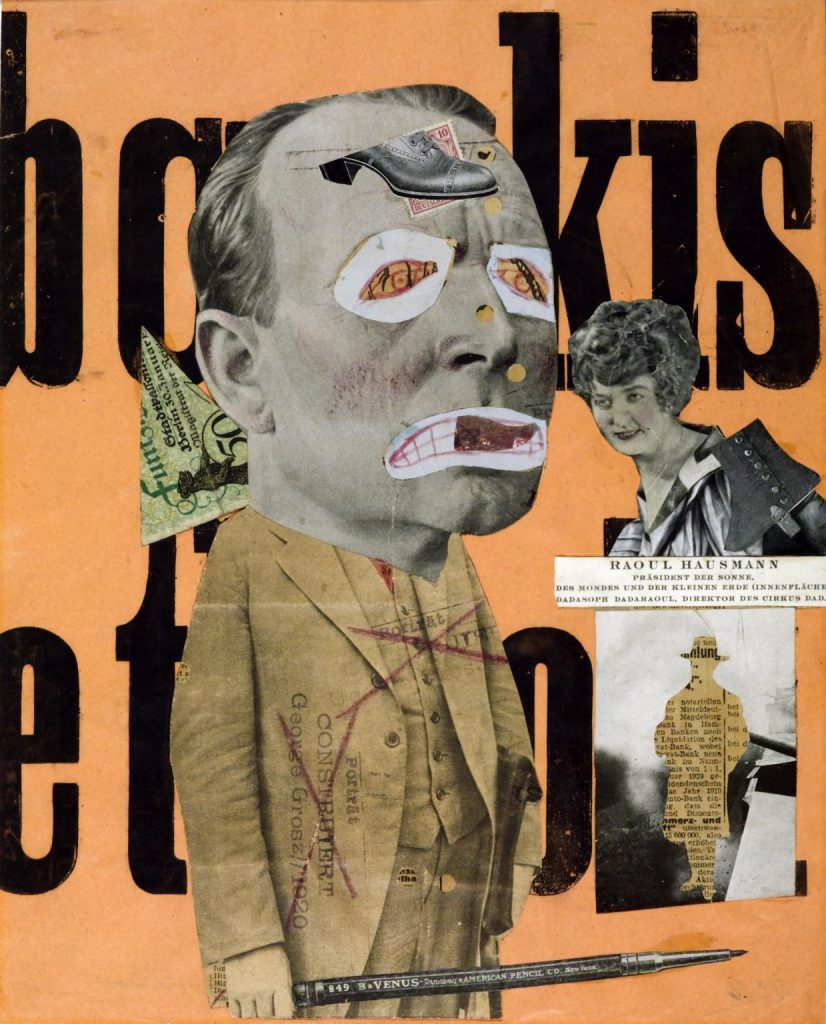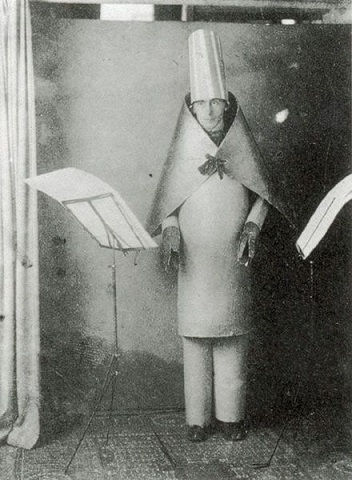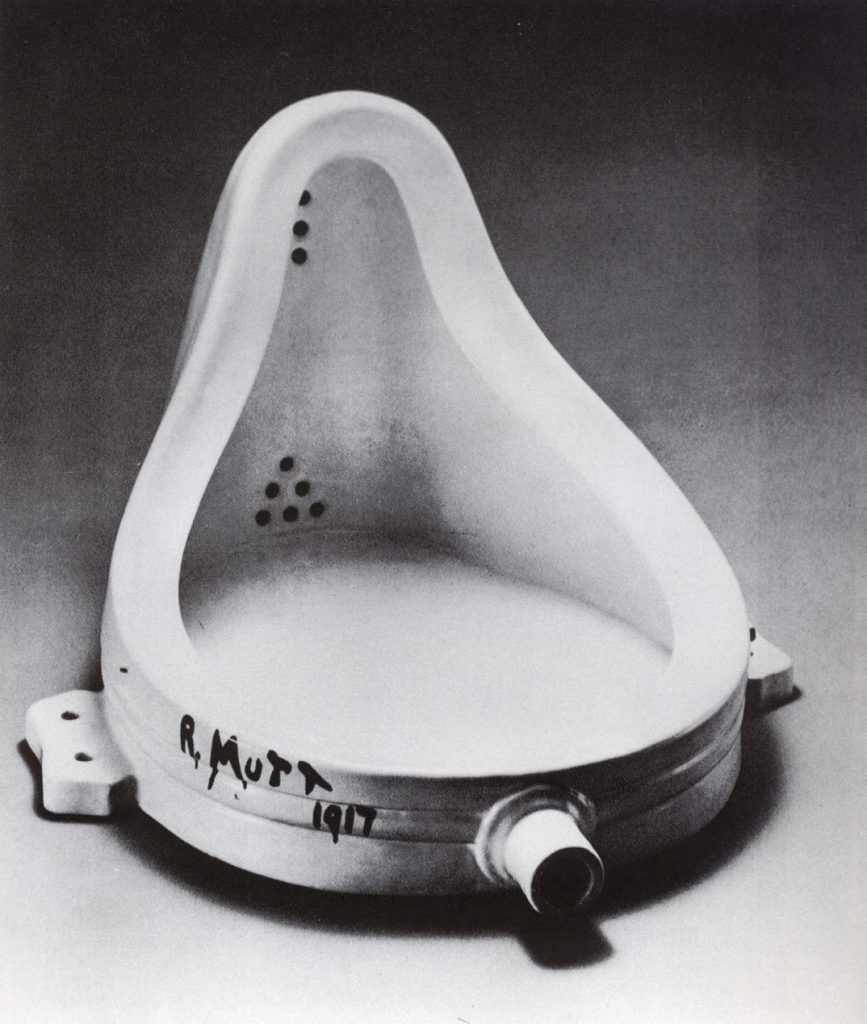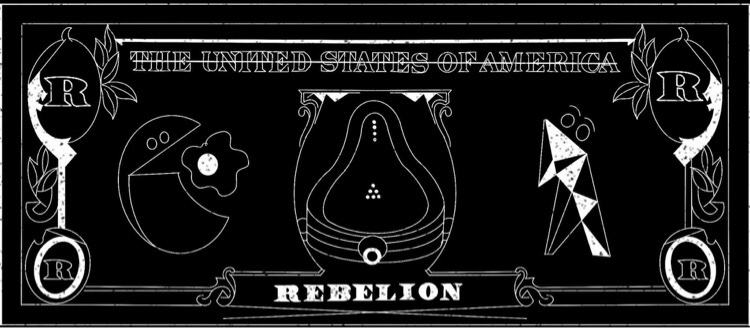
When the Archduke of the Austro-Hungarian empire was shot, society expected there to be a war but society did not expect the deep disaster and turmoil that the world would be plunged into. This heinous violence spread across the earth like a plague for four years. Men, women and children were lost in the suffering we now refer to as World War I.
As a reaction to World War I, and nationalism which was considered to be the cause of the war, a small group of artistic individuals started to gather. They gathered first to find comfort and closure amongst their fellow minds, but they then began to evolve. This small group slowly formed and grew into a movement which began in Zurich, Switzerland. The output created was diverse, coming from many forms of painting, poetry, sculpture, and collage. This movement was the birth of Dadaism, the movement of the rebels.

Dadaism was born out of disgust and hatred toward the bourgeoisie — the upper high members of society who were deemed responsible for the bloodshed. While not much could be done, the one thing that could be done was to deny them of their pleasures. Art was a standard of admiration for bourgeoise. In order to seek some form of vengeance, a form of artistic anarchy was created in which art would no longer focus on aesthetics or aim to please the eyes. Instead, art would visualise what the world had come to, it would no longer make sense, it would be free. After all, who were the bourgeoisie to order the artists on what to create.
In fact, the name ‘Dada’ was chosen because it made no sense. The name was chosen after a group of artists poked a knife into a French-German dictionary which pointed to the word ‘dada,’ translating to ‘hobby horse.’ Many various definitions were given to the name, mostly humorous such as ‘Dada is anti art’ or ‘Dada will kick you from the behind.’ The name was deemed fit for the anti-aesthetic movement. The purely nonsensical meaning they had discovered was a perfect name for their cause.
After all, Dadaism was art formed from humour but that also asked one serious question at the same time: “What was the role of art in the modern age?” This question began to arise in the minds of many others as Dadaism spread and was adopted by artists in the art capitals of the world such as New York, Paris and beyond.
One of the most famous names of the Dadaists was Marcel Duchamp who took it upon himself to play a small trick on the Society of Independent Artists in New York during 1917. He submitted his artwork, an upside-down urinal with the date and signature “R. Mutt, 1917.” The Society’s board was left gaping. A practical joke had been played on them and they rejected his submission stating it wasn’t art. In retaliation, Duchamp, who was a member of the board, resigned. After all, who was to tell him that his submission wasn’t art?

Dadaism was a movement for rebels. It was for artists who didn’t care about logic or restrictions. It was for those who took a step into dangerous territory in which they questioned the socialists and elites. They made what spoke to them, followed their muse and like our good friend Mr. Duchamp, they changed art and what it was viewed as art. The next time someone peers over your shoulder and questions your art. Look them straight in the eye and shrug. Or show them “The Fountain” and leave them gaping.

References
MoMA | Dada. Moma.org. (2020). Retrieved 16 September 2020, from https://www.moma.org/learn/moma_learning/themes/dada/.
Mann, J. (2020). How Duchamp’s Urinal Changed Art Forever. Artsy. Retrieved 16 September 2020, from https://www.artsy.net/article/artsy-editorial-duchamps-urinal-changed-art-forever.
‘The Art Critic’, Raoul Hausmann, 1919–20 | Tate. Tate. (2020). Retrieved 18 September 2020, from https://www.tate.org.uk/art/artworks/hausmann-the-art-critic-t01918.
Dada – Important Paintings, Collages, Photos. The Art Story. (2020). Retrieved 19 September 2020, from https://www.theartstory.org/movement/dada/artworks/.

